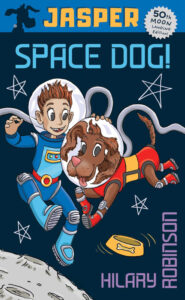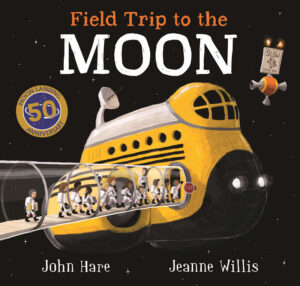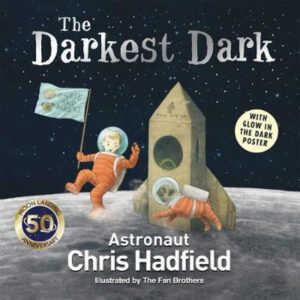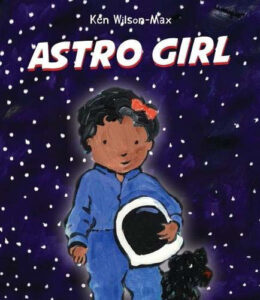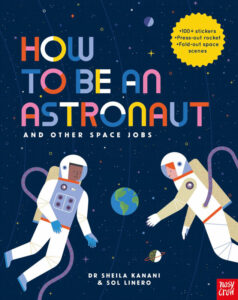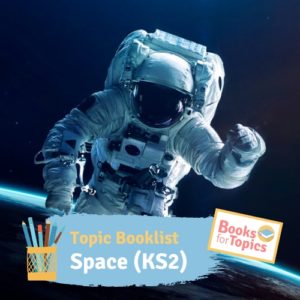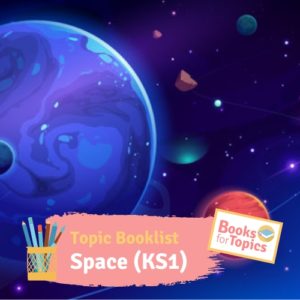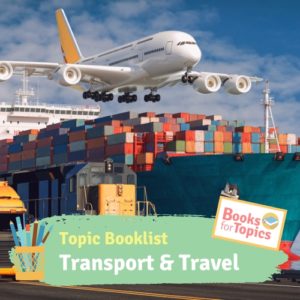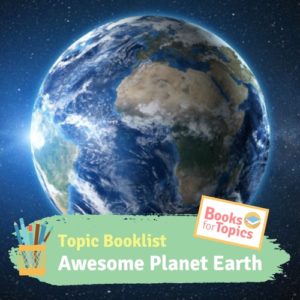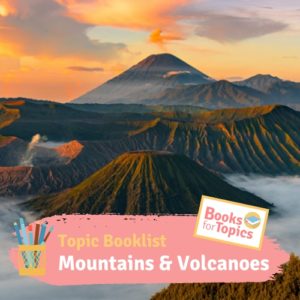Blast off with some brilliant books about the Apollo 11 Moon Landing! Review Panel member and librarian Carol Carter takes a look at some astro-themed children’s books to explore the topic.
Hilary Robinson
& Lewis James
Chapter book
For those just past the Early Readers stage, Jasper: Space Dog is a fun and easy to read first chapter book. The book is written in the form of letters from Jasper (and his human owner, Charlie) to Dr Isabella Starr, Rocket Scientist. The letters from Charlie and Jasper are silly and light; they ask questions such as ‘Is the moon made of cheese?’, ‘Do astronauts eat hotdogs?’, and ‘Did the astronauts see a man in the moon?’.
Dr Starr’s replies are fun too, but also provide interesting facts. Did you know that the landing module Eagle was originally going to be called Haystack? ‘Houston, the Haystack has landed’ doesn’t have quite the same ring! Or that the astronauts couldn’t afford life insurance, so they each signed hundreds of photos to be sold if they didn’t make it back to raise money for their families. Jasper: Space Dog provides young readers with all of these answers and more.








